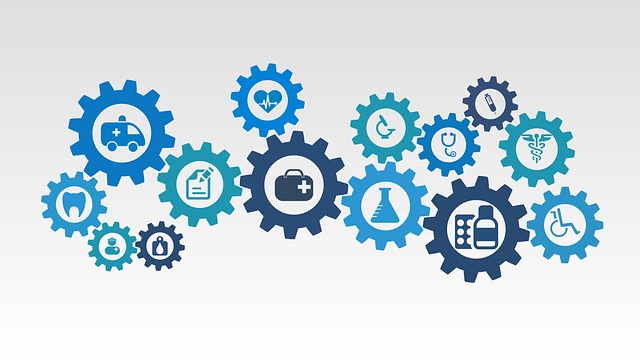Introduction to Informatics

What is Health Information Technology (HIT)?
HIT refers to the electronic systems that are used by healthcare professionals and patients to manage health information. Key elements of HIT include electronic health records, personal health records, electronic prescribing, and the secure application of these systems in the healthcare environment. Defined as “the application of information processing involving both computer hardware and software that deals with the storage, retrieval, sharing, and use of healthcare information, data, and knowledge for communication and decision making” (Thompson & Brailer, 2004), there is mounting evidence that HIT improves patient safety, patient outcomes, and provider efficiency (Tupper, 2018).
What is Health Informatics?
Health informatics is the development and assessment of methods and systems for the acquisition, processing, and interpretation of patient data with the help of knowledge from scientific research. This definition implies that health informatics is not tied to the application of computers but more generally to the entire management of information in healthcare. The focus is the patient and the process of care (Imhoff, et al., 2001).
What is Nursing Informatics?
While informatics is the science of how data is processed and managed via computer systems, and health informatics refers to how information is managed in health care, nursing informatics (NI) applies computer technology to the practice of nursing as it focuses on how data, systems and technology impact and support patient care, clinical decisions, and workflows. In early nursing practices, Florence Nightingale saw the importance of collecting and analyzing data to improve patient care and outcomes. Some say she paved the way for NI.
Many definitions of NI exist but there is no clear consensus on a definition, perhaps due to the rapid evolution of information systems and technology in health care and the ever-changing impact on the practice of nursing. The Canadian Nursing Informatics Association (CNIA) has adopted the following International Medical Informatics Association (2009) definition (Chauvette & Paul, 2016):
“the science and practice [which] integrates nursing, its information and knowledge and their management with information and communication technologies to promote the health of people, families and communities worldwide”.
Let’s take a look at the impact of Nursing Informatics on health care.
Video: What is Nursing Informatics | Time to put a spotlight on this growing field. (3:15)
Video: Nursing Informatics Overview (8:32)
Informatics and technology touch nurses across all continuums of patient care without their being actively aware they are participating in informatics. There are many expanding roles and opportunities within the specialty of Nursing Informatics. From project management, analyst, workload specialist, informatics education, research, data analysis and management, to technology procurement, there are endless possibilities for an Informatics Nurse’s role and responsibilities. Larger healthcare settings, such as an academic hospital, may have more NI opportunities than smaller settings which may only have IT specialists or only offer offsite support.
Let’s take a moment to watch an interview of a panel of Informatics Nurses to see how their experiences differ and how their work impacts patient care.
Video: Nursing Informatics | A Day in the Life (27:11)
Informatics and Technology Nurses act as advocates for clinical staff and workflow requirements to support clinical system build or technology delivery to meet the needs of the clinician for safe and efficient patient care. They often act as interpreters to bridge the gap between vendor/analyst and clinicians during projects to ensure assessments of requirements, build, testing, and implementation, followed by optimization needs, are translated to optimize workflows and the needs of the clinicians. As seen in this interview, Informatics Nurses don’t just work with nursing workflows in mind but rather the whole clinical team and administration roles required for patient care within a care setting. They essentially contribute to Health Informatics and Technology (HIT) as a whole!
Activity #1
Read the following article on the history of nursing informatics in Canada.
History of Nursing Informatics in Canada
How can Nursing Leaders get Involved?
Informatics and Technology projects often involve clinical leadership such as Nursing Directors or Managers to assist with needs assessments, procurements, decision making and implementation planning. Nursing leaders should engage nursing subject matter experts (SMEs) with strong clinical expertise on their team when participating in informatics/technology project needs assessments, development decisions, and optimization needs. Front line staff want to feel engaged and part of the process for system or technology implementations and optimizations. It’s important that leaders seek their engagement and input when able.

